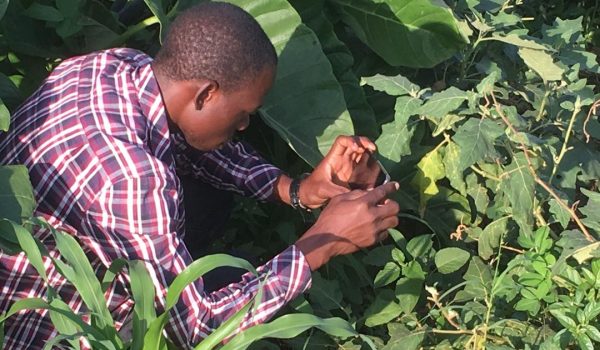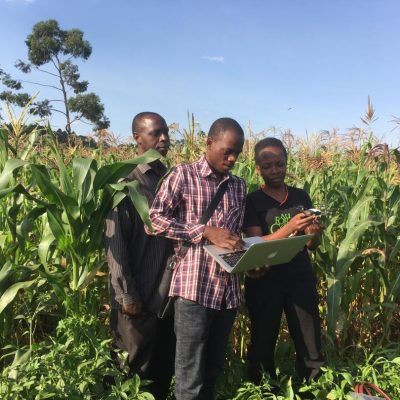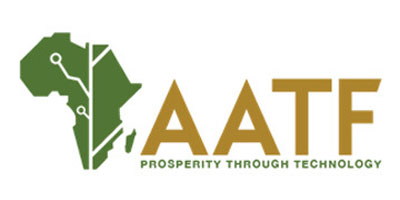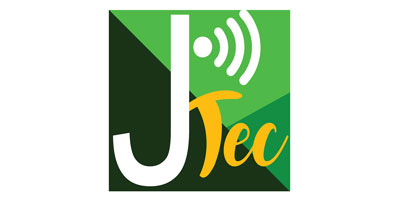About Plant Scope
Our drone and the app employs AI in real time so the farmer can be an active participant in disease diagnosis and crop health management, leading to more yields for smallholder farmers. Our artificial intelligence is also based on the world’s best human intelligence on crops. We created cameras mounted on drones and the cameras can automatically detect early disease stages, and tell farmers when to spray, before the disease damages the crops and send the images to the mobile app for processing and after it broadcasts messages to people around that community. We also provide the latest management advice for all major diseases and pests which pinpoint the location of the nearest agricultural extension service provider for advice.

01. Saves Time
Our system uses images of plant diseases and pests taken in-place, thus we avoid the process of collecting samples and analyzing them in the laboratory. It considers the possibility that a plant can be simultaneously affected by more than one disease or pest in the same sample.
02. Client’s Satisfaction
It can efficiently deal with different illumination conditions, the size of objects, and background variations, etc., contained in the surrounding area of the plant. It provides a practical real-time application that can be used in the field without employing any expensive and complex technology.
Why we exist?
Weed
Today, in Uganda according to an estimated 250 species of weeds have become resistance to herbicides. In a research study conducted by the Weed Science Society of America on the impact of uncontrolled weeds on corn and soyabean crops, annual losses to farmers are estimated at $43 billion.
Pests & Diseases
Today in Uganda, according to FAO, an estimation of 2,689 Insects already consume 20% to 45% of major grain crops for the different important crops such as Beans, Tomatoes, wheat, rice, and maize. Yields lost to insects will increase by 10% to 25% per degree Celsius of warming, hitting hardest in the temperate zone. In a research study conducted by the World Bank on the impact of uncontrolled plant diseases, losses are estimated at about $12.5 billion
Plant Scope Community
Get in touch with a community of scientists, farmers and plant experts to exchange information about plant issues on a local or global level.

Our Goal
Our goal is to use suitable deep-learning architecture for our task. Thus, the experimental results and comparisons between various deep-meta-architectures with feature extractors demonstrated how our deep-learning-based detector is able to successfully recognize nine different categories of diseases and pests, including complex intra- and inter-class variations. In addition, we found that using technique-based data annotation and augmentation results in better performance. We expect that our proposed system will make a significant contribution to the agriculture research area.
Plant Diseases and Pests Dataset
Our data set consists of about 900 images collected from farms located in different areas in Uganda. The images were taken under different conditions and scenarios. They include diseases that can develop depending on the season and variables such as temperature and humidity. Since not all diseases can be found all year round, but rather in seasons, the number of images corresponding to each class are different.




